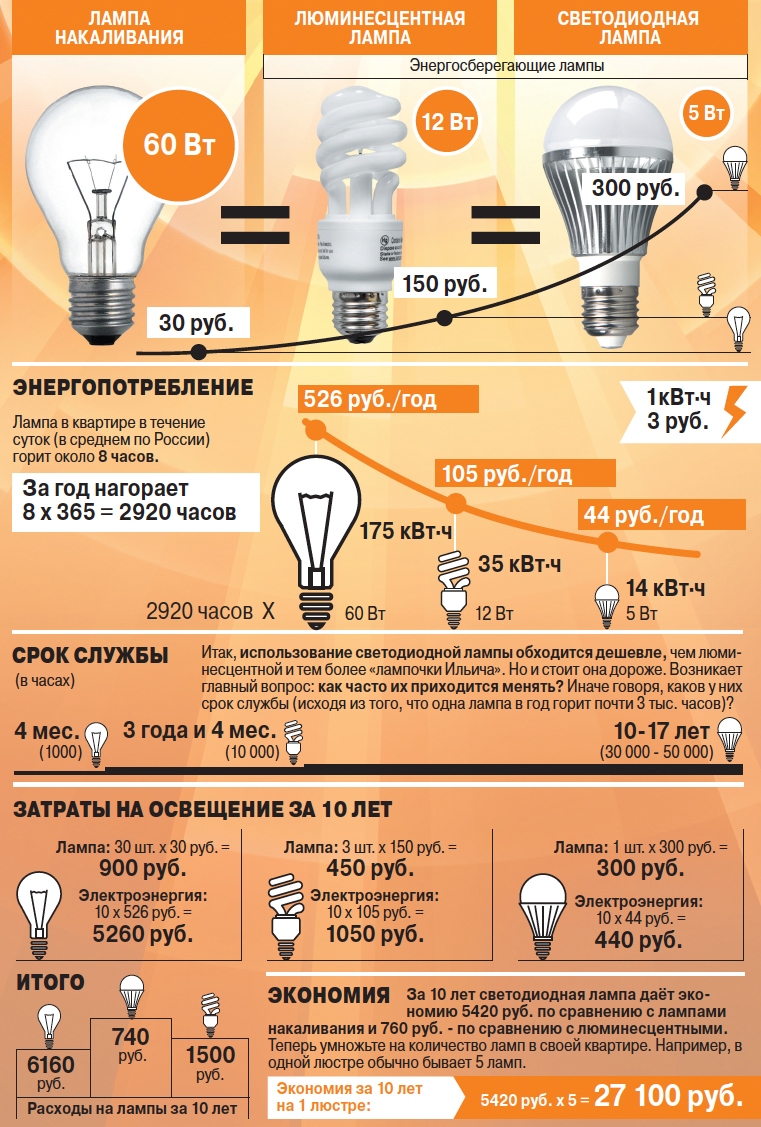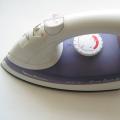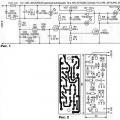In the autumn-winter period, we use artificial lighting much more often. And the time of its use increases accordingly. How to choose lamps to create a comfortable environment? And how can you not harm your health?
It's all about the lamps. There are several types of them. Each of them has its own characteristics, pros and cons. Let's dwell on each one in more detail.
Incandescent lamps
Such a familiar glass "ball" or a mignon candle - a vacuum glass bulb with a filament - a native "Ilyich's lamp"! Time changed it, adding gases to the bulb of a modern incandescent lamp: krypton, argon, xenon-halogen lamps appeared on sale.
The light of such lamps is warm, cozy, yellow shades. Among the advantages:
- lamps are cheap;
- even a schoolboy can handle the replacement;
- there are no toxic substances in a fragile flask;
- clicking the switch - and the light is on, everything is very fast and does not require additional "service systems";
- lamps work normally even at low temperatures, do not flicker, do not buzz;
- flasks can have an unusual shape - for example, a candle flame, they are coated with a matte or mirror finish;
- due to the absence of toxic components in them, vacuum lamps do not require special disposal.
The disadvantages include:
- luminous efficiency is low, service life is short: both depend on voltage;
- burning out, such bulbs burst, scattering sparks and fragments: here it is not far from the fire, and you can cut yourself with broken glass, but incandescent lamps burn out quite often;
- long autumn evenings are good for anything, but not for a long stay in the light of "Ilyich's lamps": such light is unfavorable for the eyes, so choose coated bulbs.
Argon lamps
Brighter and more durable. In them, a neutral gas - argon - fills the flask and protects the tungsten filament.
Krypton lamps
To make the flask smaller and not lose the brightness of the illumination, it is filled with krypton, a highly inert gas. Such lamps are energy-saving.
Halogen and combination lamps
Such lamps contain a halogen or halogen-xenov mixture in the bulb. They will last a long time, but their light - bright and white - can negatively affect vision and cause pain in the eyes. As a rule, they are used for photography and video filming, in car headlights, searchlights.
Gas discharge mercury lamps
Despite their long service life and favorable green-blue color spectrum, such lamps can be seen mainly in industrial plants. They can flicker and make noise, they need ballasts. If the flask bursts, poisonous mercury vapors enter the room. Their special disposal is required.
LED lamp
Roads and limited in power - they are not suitable for lighting large areas, although the service life of these lamps is very long.  The palette of light shades is very diverse: from warm white with a reddish tint, which is good for the home, to "daylight", very bright, suitable only for greenhouses. There are options for colored lights and lamps for use in photography.
The palette of light shades is very diverse: from warm white with a reddish tint, which is good for the home, to "daylight", very bright, suitable only for greenhouses. There are options for colored lights and lamps for use in photography.
Fluorescent lamps
Belong to gas discharge. They are a long glass bulb that gives off daylight. In everyday life, it is rarely used, as it can give flicker and noise.
Energy-saving lamps
This is a fluorescent lamp, similar in size to a conventional one. Such lamps shine five times brighter than the "Ilyich bulb". They are economical and designed for residential use. Do not overload your home network, thus protecting other electrical appliances. 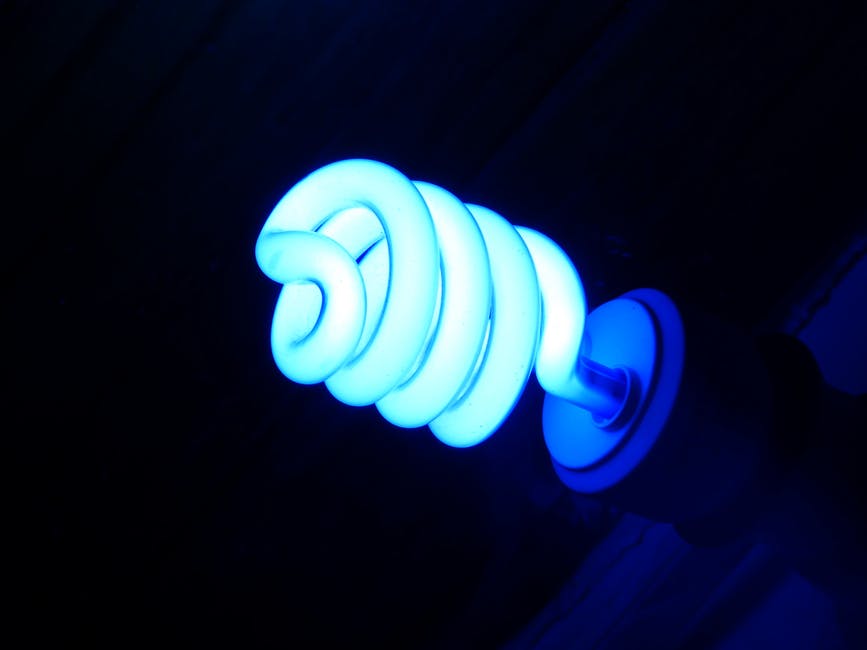 In general, the lamps give a fairly uniform, eye-friendly glow. Thanks to the arrangement of the lamp contacts, short-circuiting is practically impossible. The disadvantages include harmful substances contained in the flask and, if damaged, falling outside.
In general, the lamps give a fairly uniform, eye-friendly glow. Thanks to the arrangement of the lamp contacts, short-circuiting is practically impossible. The disadvantages include harmful substances contained in the flask and, if damaged, falling outside.
It should be noted that, in addition to conventional incandescent lamps, all others are of the energy-saving type. Therefore, when choosing, in addition to energy consumption, you should pay attention to the following:
- the cold spectrum of light affects vision much more strongly - up to the destruction of the retina of the eye;
- brightness and flickering in fluorescent lamps can negatively affect the mental state, causing instability of the nerve nodes;
- the optimal brightness is considered to be 2700 - 3100 K (Kelvin scale);
- the location of the llama in front of the mirror greatly increases its effect on vision.
Using different types of lamps in everyday life
Modern design involves the use of combined artificial lighting. So, LED lamps are ideal for the ceiling: the richness of color shades allows you to create original lighting, spotlights. Safety, durability, the ability to use LED strips and modules, which are easier to attach to the ceiling, provide additional benefits. Such lighting does not blind the eyes and does not cast shadows. 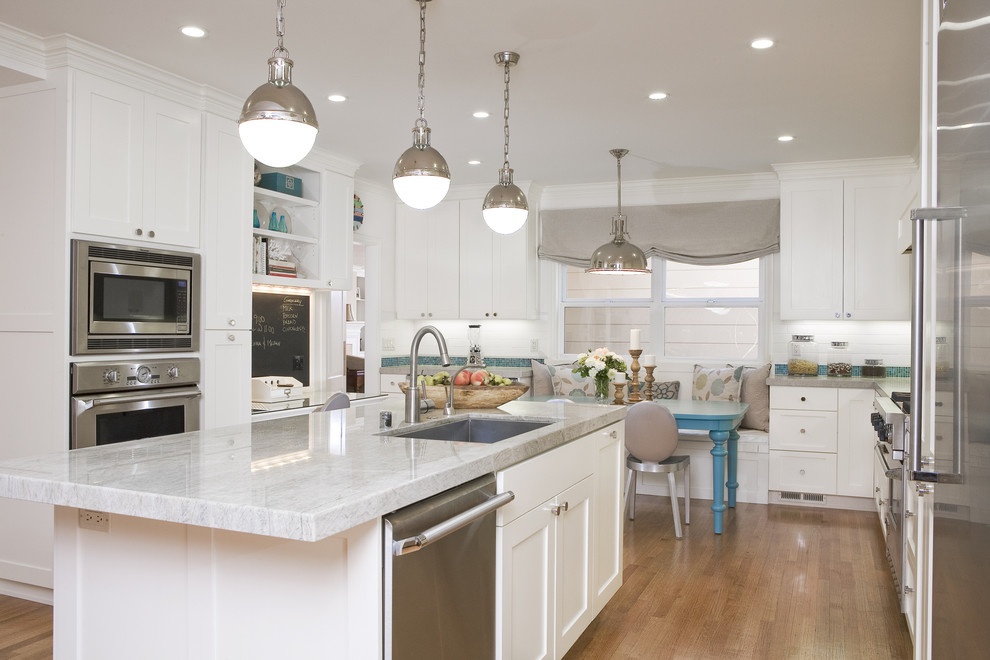
For local, decorative lighting and for the bedroom, taking into account the time of using the devices, incandescent lamps are also suitable. In the living room, the choice of lamps allows you to create both soft basic lighting and spot accent lighting, for example, paintings.
For lighting a children's room, natural lighting is important: in addition to the absence of a harmful effect on vision, it is beneficial for the microclimate of the room, does not allow the development of harmful microorganisms and mold. When choosing lighting devices for a nursery, you should first of all be guided by safety criteria.
Correct disposal of light bulbs
Energy saving lamps containing mercury are subject to special disposal. They must be taken at DES or collection points.
What to do if a dangerous light bulb is broken? First of all, open a window and ventilate the room for at least 15 minutes. Don't forget to wear household gloves! Then use hard paper to collect the debris in a tight plastic bag. To pick up small debris, use duct tape or a damp sponge in the same bag. It is categorically impossible to use a broom, brush or vacuum cleaner, to throw mercury-containing waste into the sewer. If nothing happens at all, call the Emergencies Ministry's brigade.
So, now you know what bulbs are, how they differ, and which ones are preferable for lighting different rooms. We wish you success in choosing your lighting fixtures, and even the most cloudy days of the year will be bright and safe! 